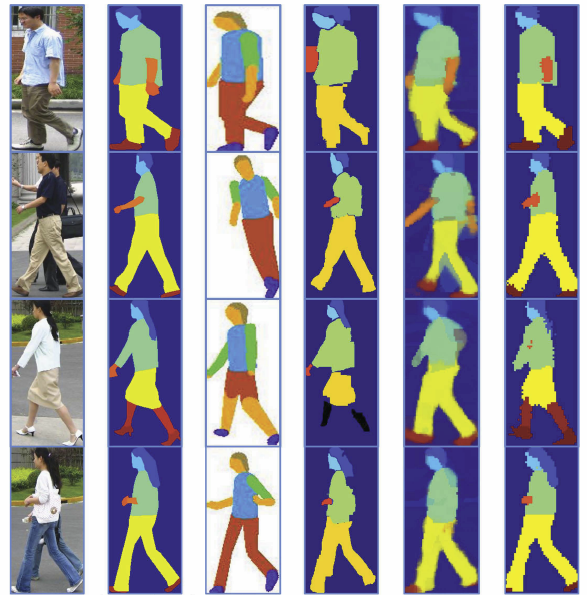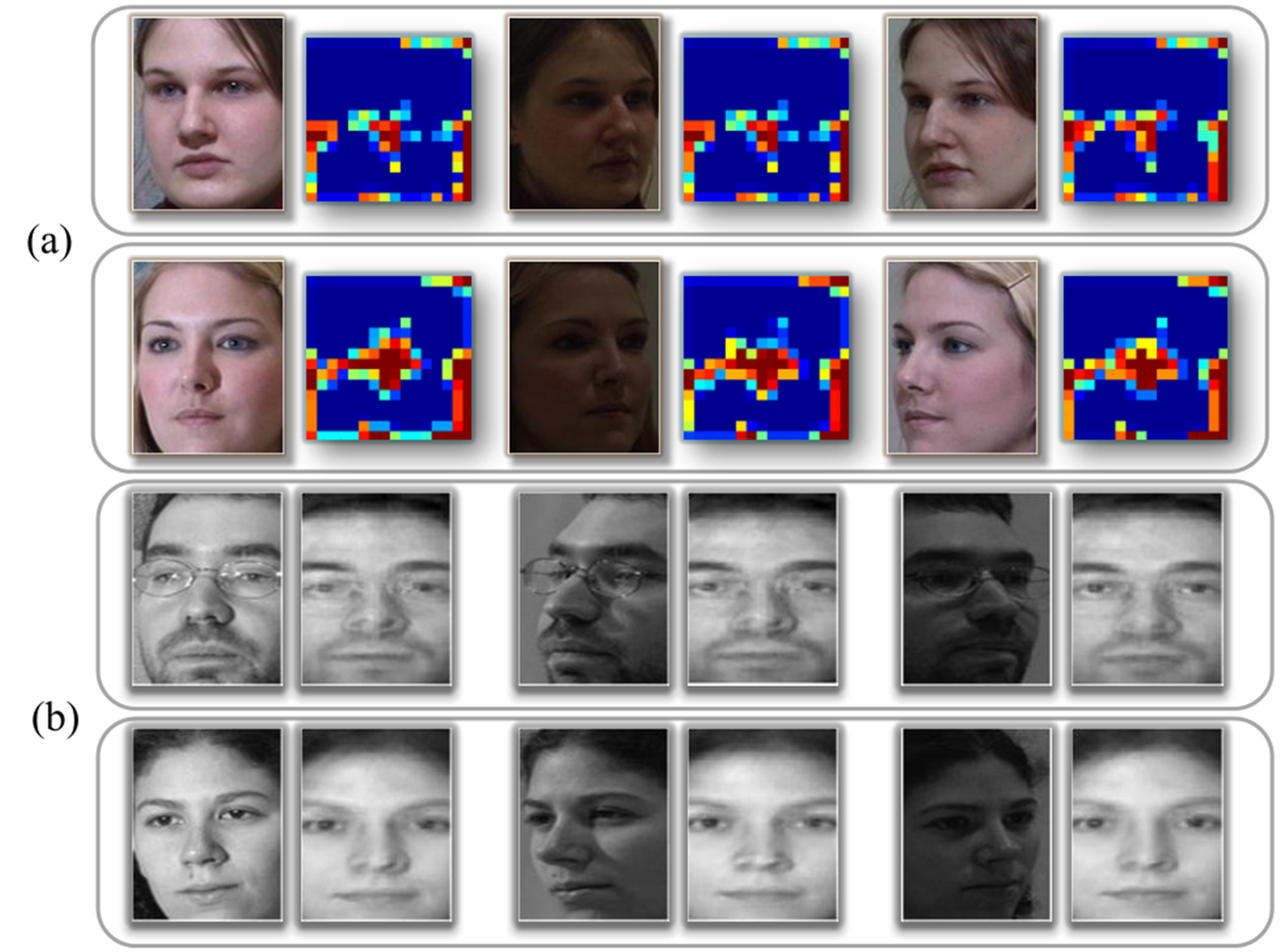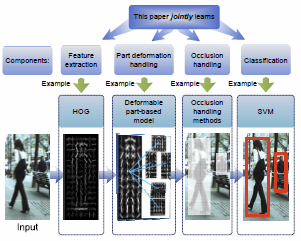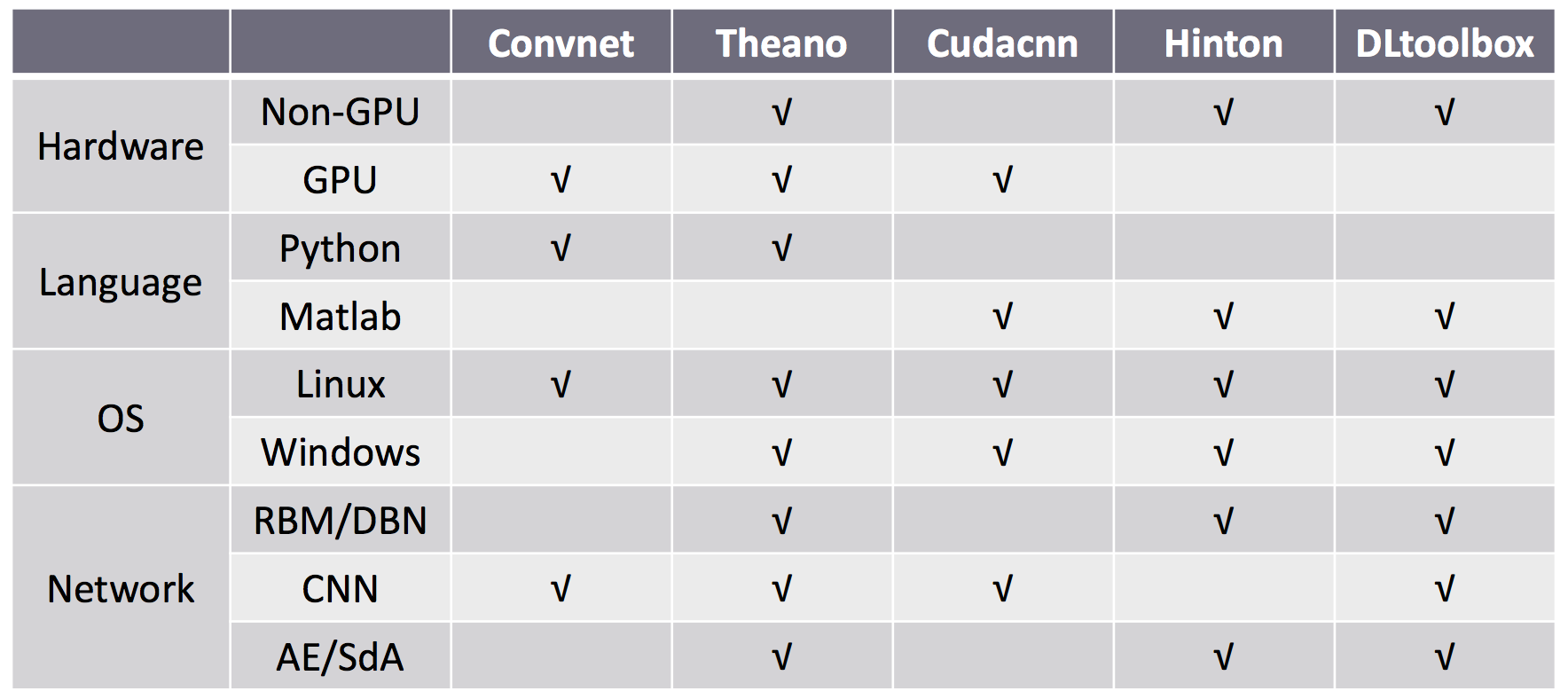Deep learning is a sub-field of machine learning that is based on learning several levels of representations, corresponding to a hierarchy of features or factors or concepts, where higher-level concepts are defined from lower-level ones, and the same lower-level concepts can help to define many higher-level concepts.
Below we list down some of the recent advances and developments in the deep learning field:
- Deep Learning makes MIT Tech Review’s list of top-10 breakthroughs of 2013.
- Won ImageNet 2012 challenge on recognizing 1000 different types of object.
- Most of the approaches in ImageNet 2013 challenge use deep learning models.
- Deep learning is becoming a mainstream technology for speech recognition at industrial scale.
- Won the competition to predict job salaries from job advertisements
- Find molecules for potential new drugs.
- Won ICPR 2012 mitosis detection in breast cancer histological images.
- Won MICCAI 2013 Grand Challenge on mitosis detection.
- Best artificial offline recognizer of Chinese characters from the ICDAR 2013 competition.
- Won brain image segmentation contest.
- Baidu opens a deep learning lab in the Silicon Valley.
- Yahoo acquires startup LookFlow to work on Flickr And ‘Deep Learning’.
- Facebook is setting up a deep learning team.
- Google and Baidu announced their deep learning (specifically, convolutional neural network) based visual search engines.
We are trying our best effort to collect the most recent deep learning papers, which are published in major computer vision and machine learning conferences. Please have a look here.
We design new deep architecture for facial point detection, pedestrian detection, face parsing, and segmentation.
Pedestrian detection
- P. Luo, Y. Tian, X. Wang, and X. Tang, "Switchable Deep Network for Pedestrian Detection", IEEE Conf. on Computer Vision and Pattern Recognition, June 2014
- W. Ouyang and X. Wang, "Joint Deep Learning for Pedestrian Detection," in Proceedings of IEEE International Conference on Computer Vision (ICCV) 2013 [PDF] [Project Page]
- X. Zeng, W. Ouyang and X. Wang, "Multi-Stage Contextual Deep Learning for Pedestrian Detection," in Proceedings of IEEE International Conference on Computer Vision (ICCV) 2013 [PDF]
- W. Ouyang, X. Zeng and X. Wang, "Modeling Mutual Visibility Relationship with a Deep Model in Pedestrian Detection," in Proceedings of IEEE Conference on Computer Vision and Pattern Recognition (CVPR), pp. 3222-3229, 2013 [PDF] [Project Page]
- W. Ouyang, and X. Wang, "A Discriminative Deep Model for Pedestrian Detection with Occlusion Handling," in Proceedings of IEEE Conference on Computer Vision and Pattern Recognition (CVPR), pp. 3258-3265, 2012 [PDF]
Face analysis
- Y. Sun, X. Wang, and X. Tang. "Deep learning face representation from predicting 10,000 classes", IEEE Conf. on Computer Vision and Pattern Recognition, June 2014
- Y. Sun, X. Wang, and X. Tang, "Hybrid Deep Learning for Computing Face Similarities," in Proceedings of IEEE International Conference on Computer Vision (ICCV) 2013 [PDF]
- Z. Zhu, P. Luo, X. Wang, and X. Tang, "Deep Learning Identity Preserving Face Space," in Proceedings of IEEE International Conference on Computer Vision (ICCV) 2013 [PDF]
- P. Luo, X. Wang, and X. Tang, "A Deep Sum-Product Architecture for Robust Facial Attributes Analysis," in Proceedings of IEEE International Conference on Computer Vision (ICCV) 2013 [PDF]
- Y. Sun, X. Wang and X. Tang, "Deep Convolutional Network Cascade for Facial Point Detection," in Proceedings of IEEE Conference on Computer Vision and Pattern Recognition (CVPR), pp. 3476-3483, 2013 [PDF] [Project Page]
- P. Luo, X. Wang, and X. Tang, "Hierarchical Face Parsing via Deep Learning", in Proceedings of IEEE Conference on Computer Vision and Pattern Recognition (CVPR), pp. 2480-2487, 2012 [PDF]
Person parsing
- W. Ouyang, X. Chu, and X. Wang, "Multi-source Deep Learning for Human Pose Estimation", IEEE Conf. on Computer Vision and Pattern Recognition, June 2014
- P. Luo, X. Wang, and X. Tang, "Pedestrian Parsing via Deep Decompositional Neural Network," in Proceedings of IEEE International Conference on Computer Vision (ICCV) 2013 [PDF] [Project Page]
Person re-identification
- W. Li, R. Zhao, T. Xiao, and X. Wang, "DeepReID: Deep Filter Pairing Neural Network for Person Re-Identification", IEEE Conf. on Computer Vision and Pattern Recognition, June 2014
| Description | Download | |
|---|---|---|

|
A demo code that allows you to input a pedestrian image and then compute the label map. Reference:
|
Zip |

|
A demo code that shows you how the frontal-view face image of a query face image is reconstructed. Reference:
|
Zip |

|
Matlab training and testing source code for pedestrian detection using the proposed approach. Models trained on INRIA and Caltech are provided. Reference:
|
Webpage |

|
Executable files for the face detector and facial point detector. Reference:
|
Webpage |
| Description | Download | |
|---|---|---|
| Slides that provides an overview of recent deep learning research in our lab [Presented by Xiaogang Wang]. |
Useful Sites
- http://deeplearning.net/ - reading list, software packages, and tutorials
- Deep Learning Methods for Vision - 1 day tutorial at CVPR 2012.
- Tutorial on Deep Learning - 1 day tutorial at ICML 2013.
- Deep Learning for Computer Vision - Half day tutorial at NIPS 2013. Tutorial slides
Papers
- Introduction / General
- G. E. Hinton, Learning Multiple Layers of Representation, Trends in Cognitive Sciences, Vo;. 11, No. 10, 2007
- A good introduction on backpropation (BP)
- Convolutional Neural Networks (CNN)
- Y LeCun, L Bottou, Y Bengio, P Haffner, Gradient-based Learning Applied to Document Recognition. Proceedings of the IEEE 86 (11), 2278-2324, 1998.
-
Jake Bouvrie, Notes on Convolutional Neural Networks. A very brief and clear introduction of forward and backward propagation of CNN.
Recommended for readers who understand neural networks but does not understand CNN.
- Deep Belief Networks
- G. E. Hinton et al., A Fast Learning Algorithm for Deep Belief Nets, Trends in Cognitive Sciences, Vo;. 11, No. 10, 2007.
- Review / Survey
- Yoshua Bengio, Aaron Courville, Pascal Vincent, Representation Learning: A Review and New Perspectives, Arxiv, 2012.
-
Yoshua Bengio, Learning Deep Architectures for AI, Foundations and Trends in Machine Learning, 2009.
Recommended for startup readers. It is a very good illustration of deep learing models. Easy to understand.
- Sum-Product Networks
- Hoifung Poon and Pedro Domingos, Sum-Product Networks: A New Deep Architecture, UAI 2011 (Best Paper)
- Robert Gens and Pedro Domingos, Discriminative Learning of Sum-Product Networks, NIPS 2012 (Outstanding Student Paper Awards)
- Robert Gens and Pedro Domingos, Learning the Structure of Sum-Product Networks, ICML 2013
- Practical Tricks and Guides
- Yoshua Bengio, Practical Recommendations for Gradient-based Training of Deep Architectures, ArXiv, 2012
- How to Visualise Your Deep Model
- Dumitru Erhan, Aaron Courville, and Yoshua Bengio, Understanding Representations Learned in Deep Architectures, Technical Report, 2010
- Matthew D. Zeiler, Rob Fergus, Visualizing and Understanding Convolutional Neural Networks, arxiv.org, 2013
- Why Deep Model is Good / Motivation of Deep Model
- Yoshua Bengio et al., Better Mixing via Deep Representations, ArXiv, 2012
- Andrew Y. Ng et al., Sparse deep belief net model for visual area V2, NIPS, 2007
- Deep Model for Multi-Modality
- Andrew Y. Ng et al., Convolutional-Recursive Deep Learning for 3D Object Classification, NIPS, 2012
Some Chinese forums suggest a few papers, which may be useful:
Codes
| Toolbox | Description |
|---|---|
| Cuda-Convnet (Convnet) |
CNN implementation, most recommended to configure and obtain many kinds of existing Deep models, but hard if you want to design your own deep model |
| Theano |
Theano is a Python library that allows you to define, optimize, and evaluate mathematical expressions involving multi-dimensional arrays efficiently. |
| Cudacnn |
Cudacnn is C++/CUDA library with Matlab frontend for implementation, training and simulation of Convolutional neural networks. |
| Hinton's code for their science paper (Hinton) |
Relatively easy to use and learn |
| DeeplearningToolbox (DLtoolbox) |
MATLAB - the easiest to use for both Convolutional Neural Nets (CNN) and Deep Belief Nets (DBN), but not fast. |
| Sum-Product Networks |
Hoifung Poon and Pedro Domingos, Sum-Product Networks: A New Deep Architecture |
| Sum-Product Networks |
Robert Gens and Pedro Domingos, Learning the Structure of Sum-Product Networks |

Lectures
| Description | |
|---|---|
|
Yoshua Bengio’s Google tech talk on Deep Learning Representations at Google Montreal (Google Montreal, 11/13/2012) ICML 2012 slides by Yoshua Bengio can be found here. |
|
|
Geoffrey Hinton’s GoogleTech Talk, March 2010. |
|

|
Geoffrey Hinton, A Tutorial on Deep Learning |

|
Robert Gens, Discriminative Learning of Sum-Product Networks Sum-product networks are a new deep learning architecture that yields tractable inference. Deep architectures are the most expressive machine learning models in existence, but are notoriously difficult to train. This paper shows how to discriminatively train sum-product networks, which leads to significantly improved prediction accuracy. |
